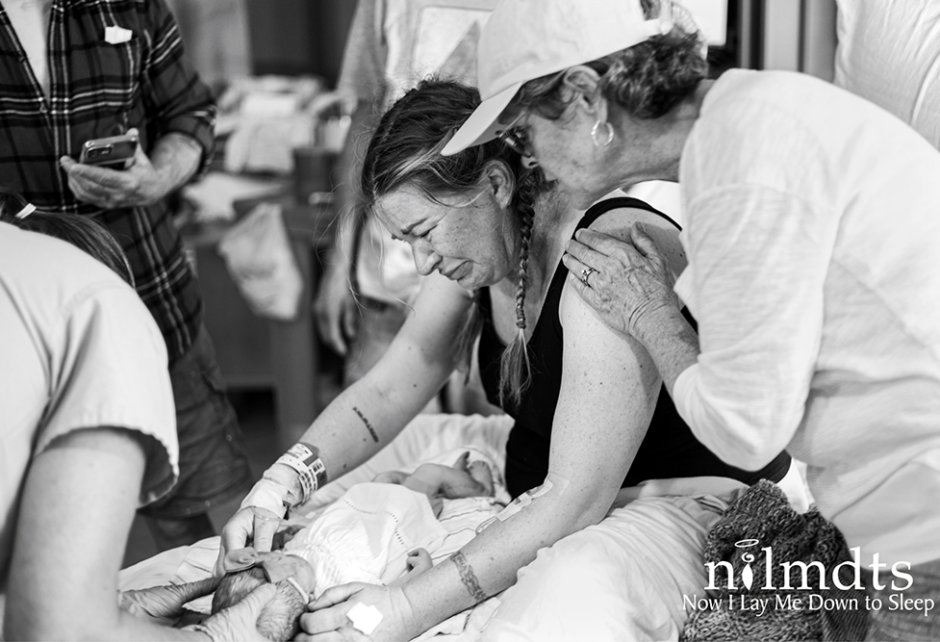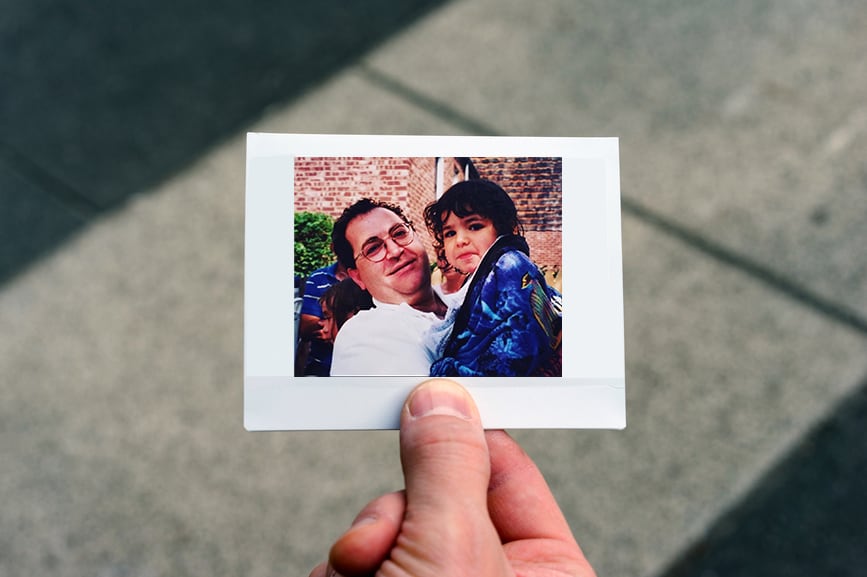
How To Talk To Kids About Death
Written by Katherine Oakes
Photography by Photo Via Magic 4 Walls
As a parent, there are always tough, but necessary, conversations to have with your kids. One of the toughest of the bunch: Talking about death. To guide us through this unavoidable and uncomfortable scenario, we asked someone with enough experience and expertise to last a lifetime to guide the way. As a social worker in the Cancer Center of the Children’s Hospital of Philadelphia, MSW and LCSW Greg Hedler knows all about healing, caring conversations about dying. Here, he shares his notes.
Start Early. “Death is similar to most topics of conversation had with your children. Whether it be about birthdays, the sky, or the rules of Connect Four, it all starts from the same want to share, explore, and teach your child about the world around you. Death in our society can feel like a taboo topic of conversation, which adds to the layer of potential difficulty in talking to your children about it. Use everyday life and death around us to begin to explore and openly discuss the topic of death. Most everyone has those stories of how the goldfish they won at the fair died or the loss of a beloved family pet. These moments act as opportunities to normalize and explore death in preparation for the potential loss of a family member or close friend.”
Check-in With Yourself. “Before you share the news of a big loss with your child, take time to sit with the loss yourself and check-in with your thoughts, feelings, and emotions around the death. Know where you stand, because your child will follow your lead. Keep track of your emotions throughout the process to take good care of yourself and, in turn, good care of your family. A huge challenge is when we allow our emotions and reactions to lead the conversation. As in any situation where we react, from sitting in traffic when running late to planning a huge event that you want to go off without a hitch, we can lose our sense of control and direction toward our ultimate goal. Take the time to pause with yourself and with your partner to create a foundation that you will both use to establish a consistent and agreed upon conversation with your child.”
Prepare. “As uncontrollable as death can be, know that during this conversation you can appropriately guide the dialogue to best support your family and your beliefs through preparation. How do you think your child will respond to the death emotionally? What type of questions might they ask and what answers can you begin to think about so as to comfortably respond? One of the biggest challenges is a child’s curiosity, the direct questions they ask, and how they often know more than parents are prepared for or are surprised that they already do!”
Plan An Appropriate Time and Place. “As unexpected as death can be, it is important for your children to be given a space and time to learn about the loss. Intend to have the conversation at a time that is not rushed or on the way to a basketball game. Create the safe space to foster conversation, a space to talk about memories of the loved one, perhaps share a meal together as a family as an act of comfort and support. The more calm everyone can feel, an increase in honest dialogue can occur that can enable all questions to be answered and can acknowledge the layers of feelings connected with such loss.”
Let Your Child Lead. “Children provide us with conversation starters if we are willing to listen. When these opportunities arise, we can supportively capitalize on the child’s present experience to explore thoughts and feelings related to death or any other topic. Start the conversation with questions to best gauge where your child ’s present understanding is regarding your loved one. Allow one question to lead into another question, which enables your child to truly feel empowered and to lead the exploration/conversation. ‘What do you remember about the last time we saw Uncle Bobby? Can you tell me if you noticed anything different about him when we were there? Can you share with me any feelings you had about how different he looked? Do you have any questions you want to ask me about Uncle Bobby?’ Let the child set the stage and use their language as the guide for your conversation. When we ask questions it frees us of creating the entire conversation from scratch and an inquisitive perspective sets up a natural dialogue between you and your child. When we dare to ask the next question we gain insight into our child’s coping, perspective, and present experience with life.”
Be Truthful. “The only way to approach the topic of death is with truth and honesty. The developmental age of a child will dictate the language you use when you share the news about the loss. If you consider that when a 4-year-old talks about something that happened last year as something that happened ‘yesterday,’ you can understand that time is a difficult concept to grasp. Children will also require sometimes multiple conversations to be reminded of the loss, especially under the age of 7, or require additional check-ins about their emotions the longer they sit with the reality and fullness of life. Aside from considering the cognitive development of a child, one should also consider the emotional development of the child, as well. A general rule of thumb that I use when working with children and adolescents is that neither will ask a question they are not ready or prepared to understand. They seek the truth and ask us as caregivers to offer them an honest and truthful experience of the world. It is another teachable moment for parents and one that can truly strengthen the relationship and bring you closer together through the shared experience of loss. If a child asks a question and you do not feel prepared to answer or it becomes too emotional to continue to discuss the topic, acknowledge your feelings or that you do not have an answer to that question at this time. Stay truthful to allow for open and honest dialogue.”
Be Clear and Concrete. “As difficult as it may be, you should use words such as death, dying, and dead. When we use abstract ideas, images, or thoughts, children can become confused and create their own stories around the loss, which can be scary, complicated for them, or potentially cause them to worry. Clear explanation can unlock the mystery around death instead of shrouding it with metaphysical or philosophical theory. Children need and require boundaries and limits to provide the feedback they need in order to grasp the developmentally appropriate depth of what is happening for their family. This same concept of clear explanation is easily demonstrated when we talk about the heat of a stovetop burner, the art of crossing the street, or the reward of allowance when you complete your chores. We as caregivers need to offer that boundary through our word selection and description about death and dying.”
Additional Resources. “Some of the recommended books that I have used in my practice include Lifetimes: The Beautiful Way to Explain Death to Children by Bryan Mellonie and Robert Ingpen, The Fall of Freddie the Leaf by Leo Buscagila, When Dinosaurs Die: A Guide to Understanding Death (Dino Life Guides for Families) by Laurie Krasny Brown and Marc Brown, The Boy Who Didn’t Want to Be Sad by Rob Goldblatt, and I Miss You: A First Look at Death by Pat Thomas and Lesile Harker. I think these books can help caregivers stimulate an action plan and way into the conversation.”
Share this story



